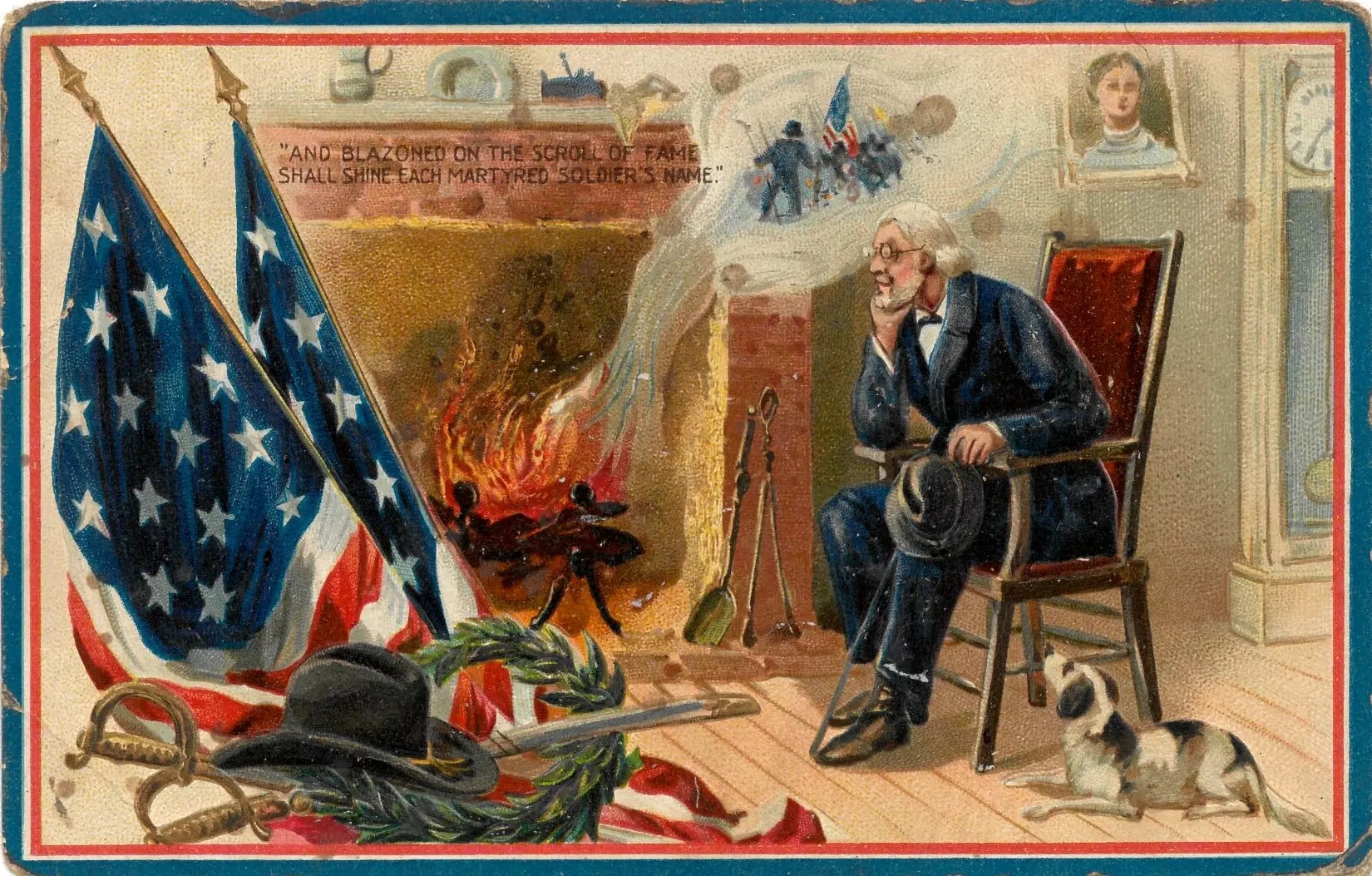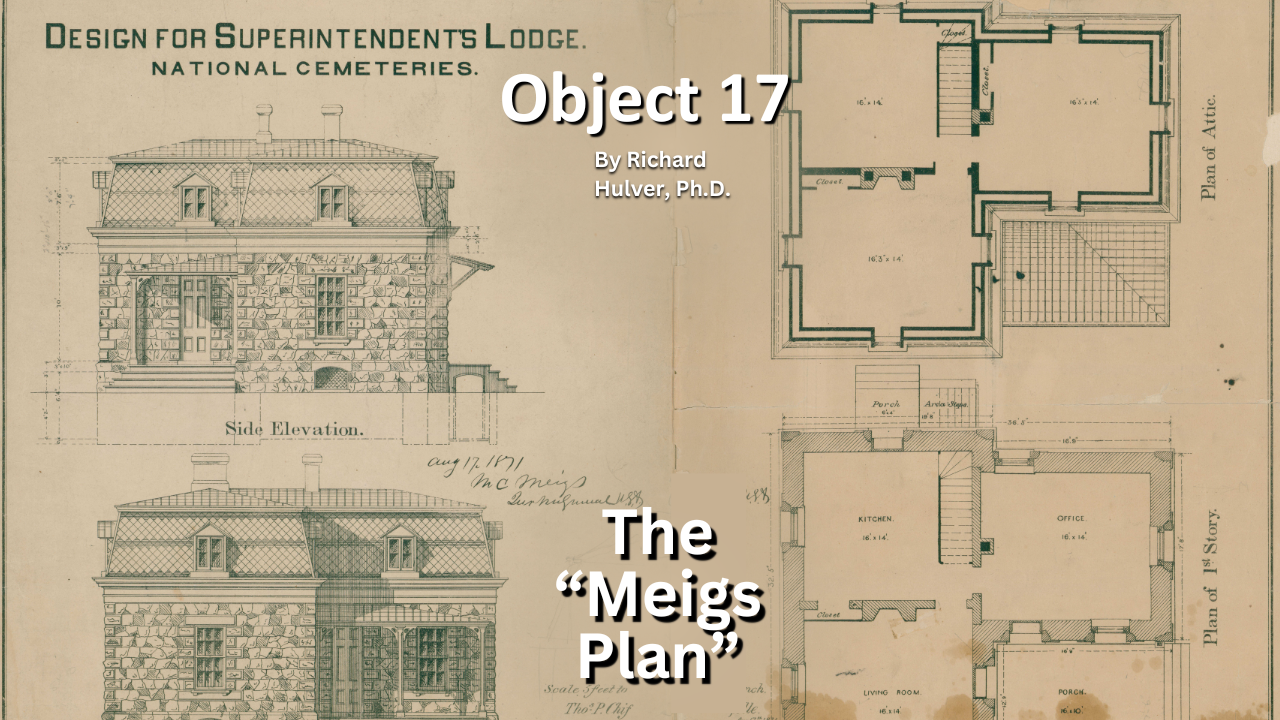
History of VA in 100 Objects
Object 36: President Clinton’s Fiftieth Anniversary of V-J Day Speech at The National Memorial Cemetery of The Pacific
The scarcity of presidential appearances at VA cemeteries makes President Clinton’s speech at the National Memorial Cemetery of the Pacific, more popularly known as the Punchbowl, on September 2, 1995, particularly noteworthy.

History of VA in 100 Objects
Object 34: President Zachary Taylor’s Well-Traveled Remains
Three burial vaults, two funeral processions a thousand miles apart, and a daytrip to quash an assertion of foul play–the remains of Zachary Taylor, the only U.S. president laid to rest in a VA national cemetery, have taken an especially tortuous path to their resting place in Louisville, Kentucky.

Featured Stories
Patriotic Postcards Sent With Memorial Day Greetings
Sending Memorial Day greetings! Over a century ago, the craze for penny postcards with a pretty picture introduced a fast, affordable means to communicate. Like Instagram. Decoration or Memorial Day was a very popular and patriotic greeting theme—depicted with flags, flowers, and veterans. Explore deltiology through a sampling of holiday postcards from the NCA History Collection.

History of VA in 100 Objects
Object 24: Calverton Casket Flag
The onset of the COVID-19 pandemic in March 2020 transformed ordinary life for most Americans. Within VA, the National Cemetery Administration made the difficult decision to suspend funeral services to protect visitors and staff. Calverton National Cemetery in New York—an early pandemic epicenter—held a special service. On July 8, 2021, the cemetery presented a casket flag during a single solemn ceremony in which 849 Veterans belatedly received military honors.

History of VA in 100 Objects
Object 20: The Washington Arsenal Monument
The National Cemetery Administration serves as the steward for government and military lots at select private cemeteries nationwide. The Congressional Cemetery in Washington, D.C., is home to the Washington Arsenal Monument, which honors the women who died in an explosion at the arsenal during the Civil War.

History of VA in 100 Objects
Object 17: The “Meigs Plan” Lodges
National cemeteries originated out of necessity during the American Civil War. In the summer of 1862, as casualties mounted at an alarming rate, Congress empowered President Abraham Lincoln to purchase and enclose burial plots as national cemeteries to inter the growing number of Union dead. These cemeteries were managed by superintendents, some disabled Civil War Veterans. To house them, Brig. Gen. Montgomery Meigs came up with what was later named the "Meigs Plan," the design for permanent lodges to house the superintendents.

History of VA in 100 Objects
Object 14: Fleet Admiral Chester W. Nimitz Burial Plot at Golden Gate National Cemetery
Nine individuals in U.S. history have obtained the five-star general officer rank, all but one directly on account of their World War II service. Only one of this select group, Fleet Admiral Chester W. Nimitz, is interred in a VA national cemetery.

Featured Stories
National Cemeteries and President Abraham Lincoln
President Abraham Lincoln’s famed 272-word Gettysburg Address, cast in iron tablets, was placed in national cemeteries in 1909 as part of a nationwide birthday centennial program. When the popular president, born February 12, was honored again in 2009, NCA began to produce more tablets to ensure the speech is in all new national cemeteries.






